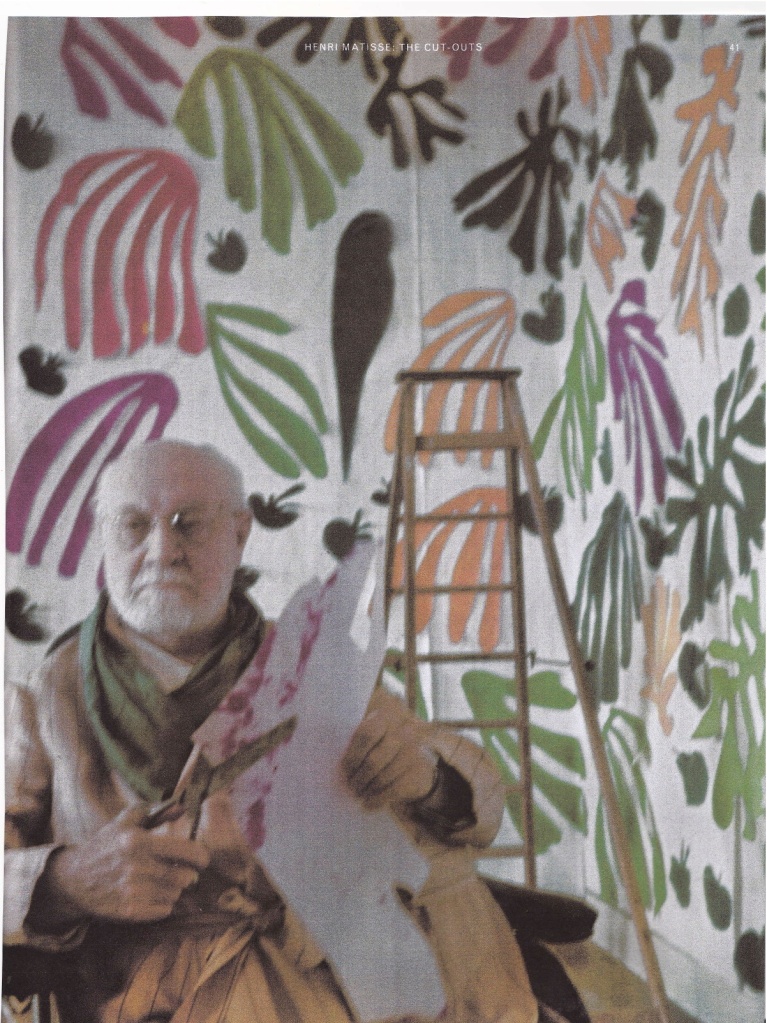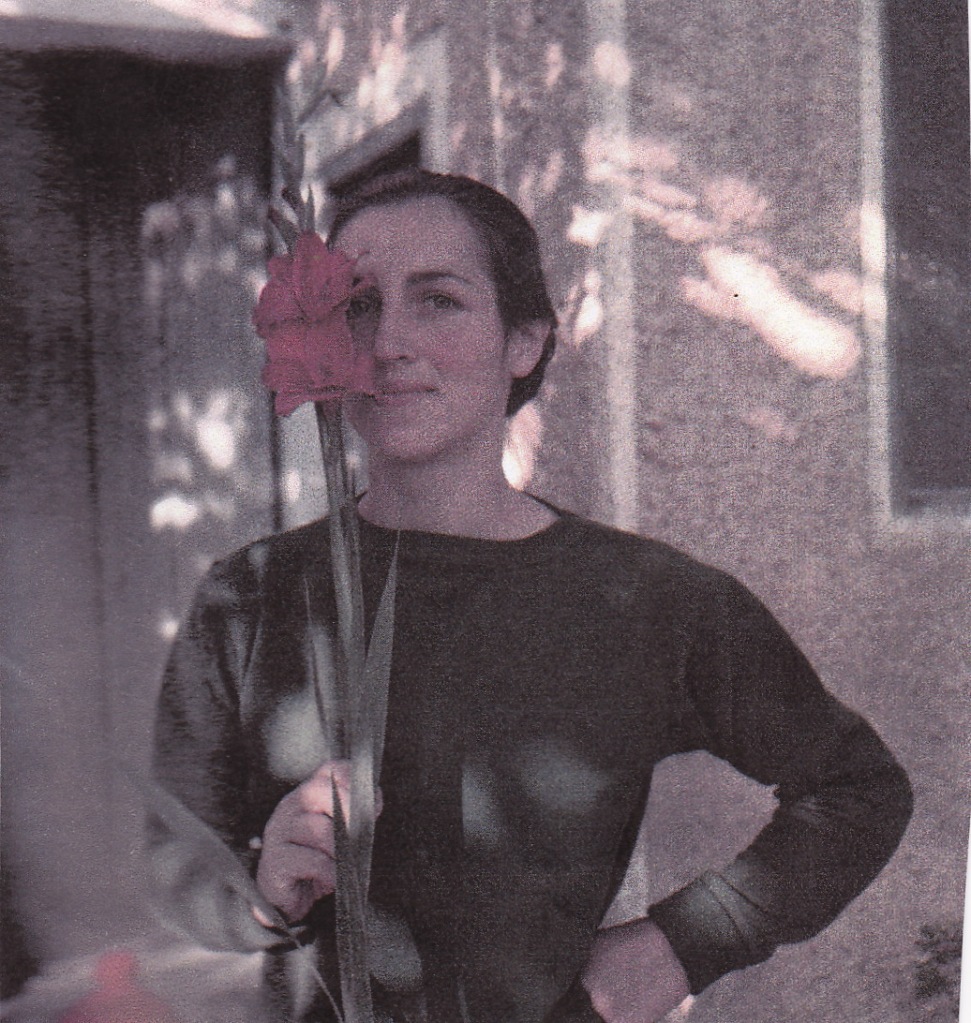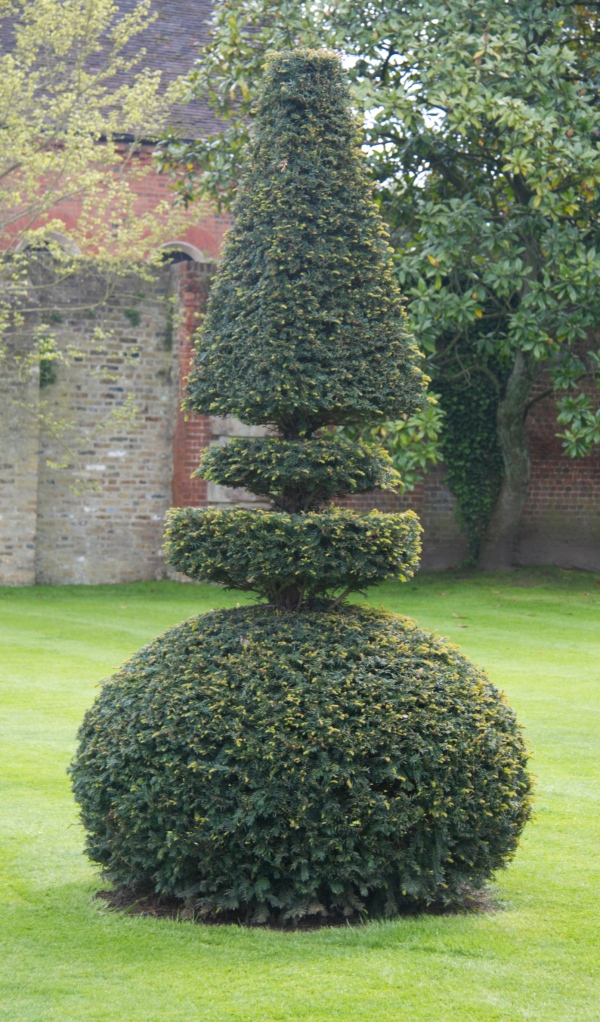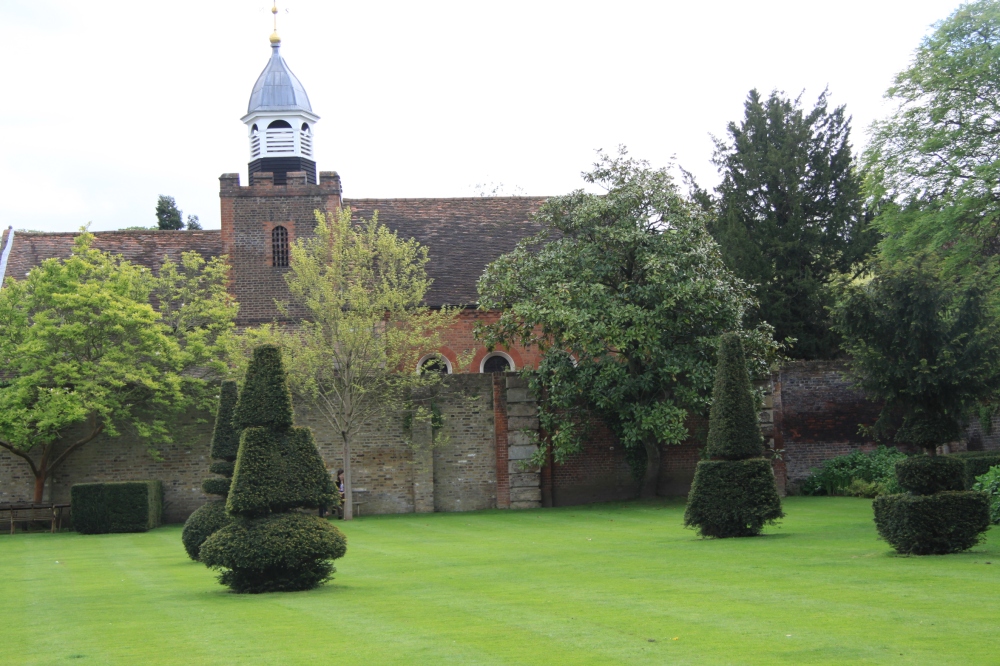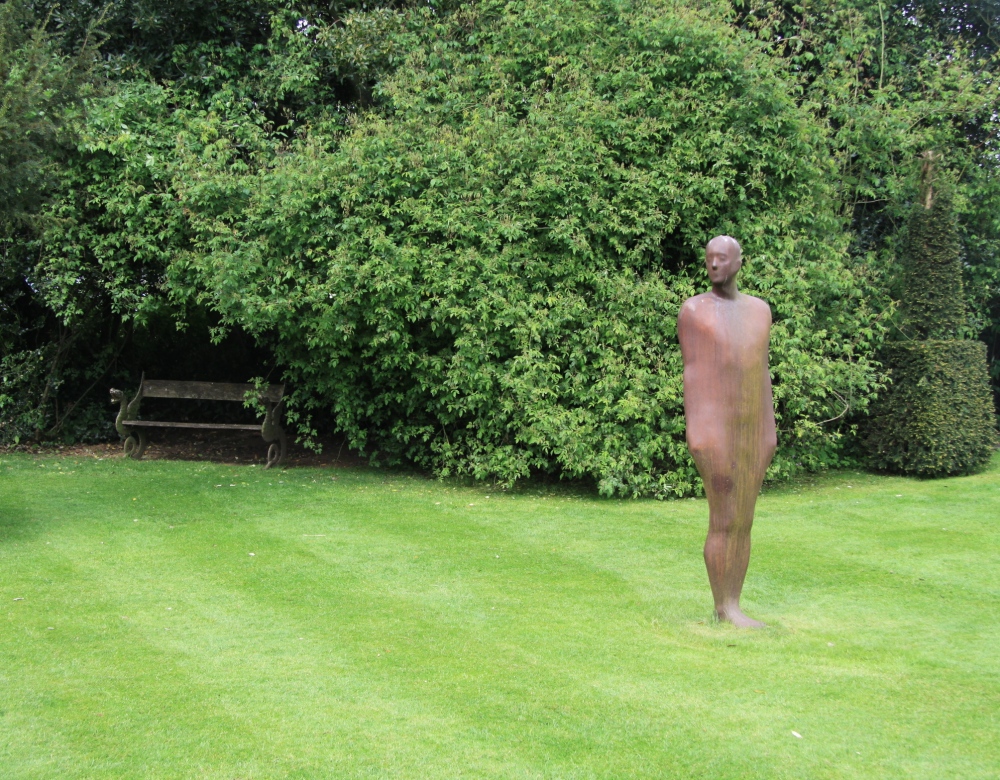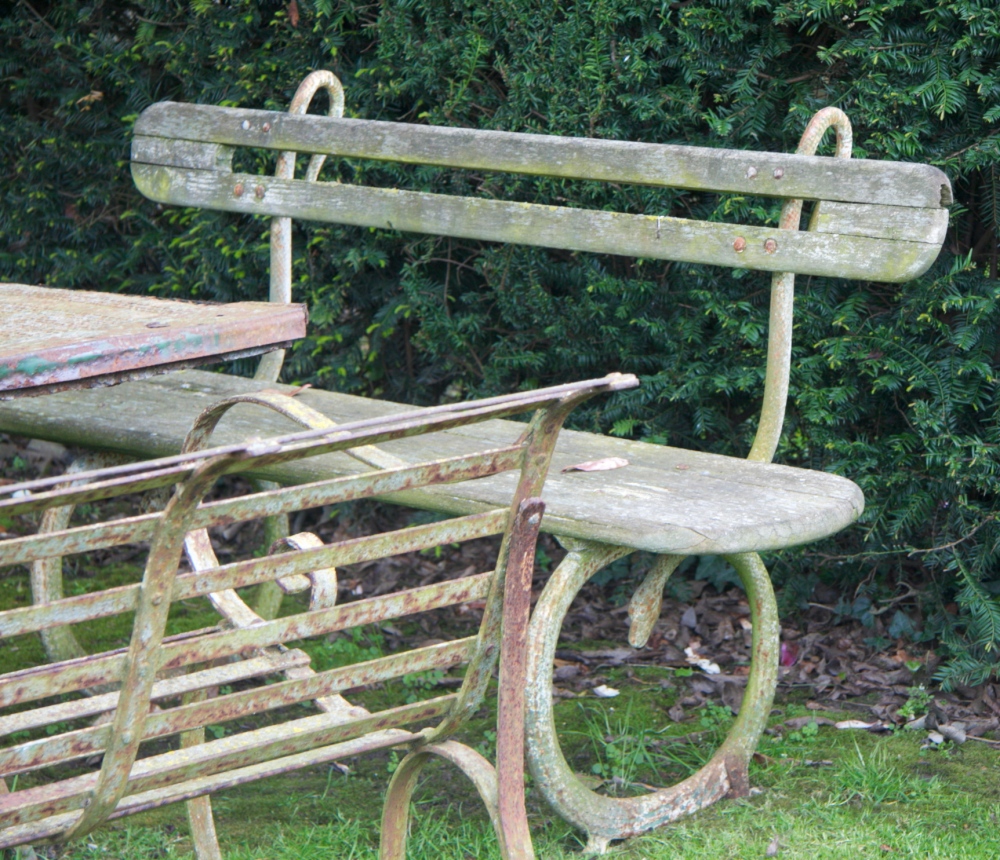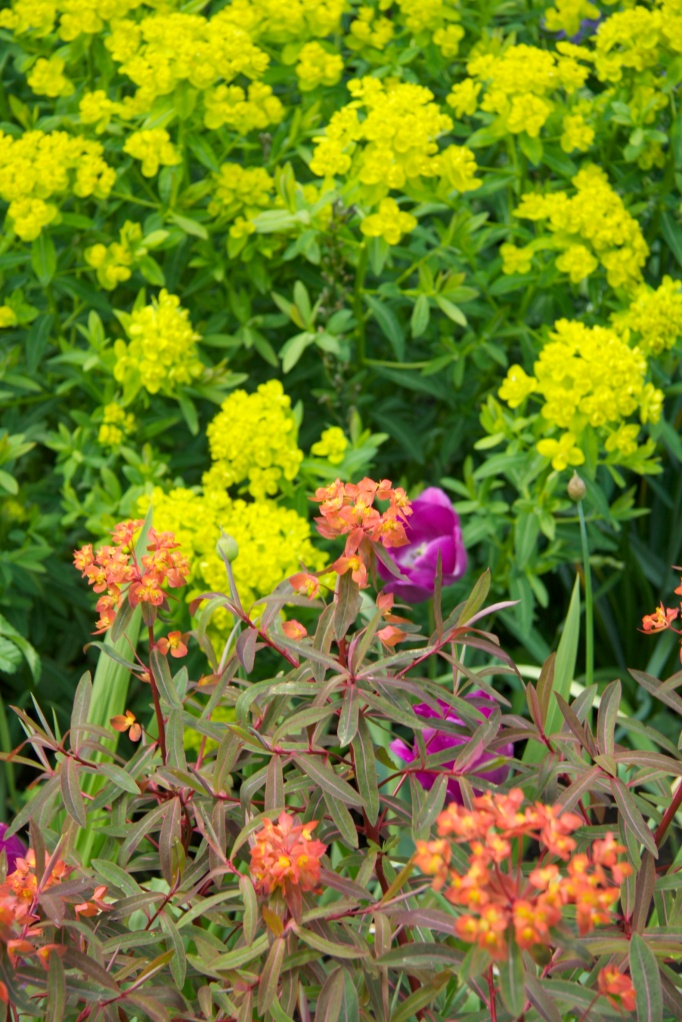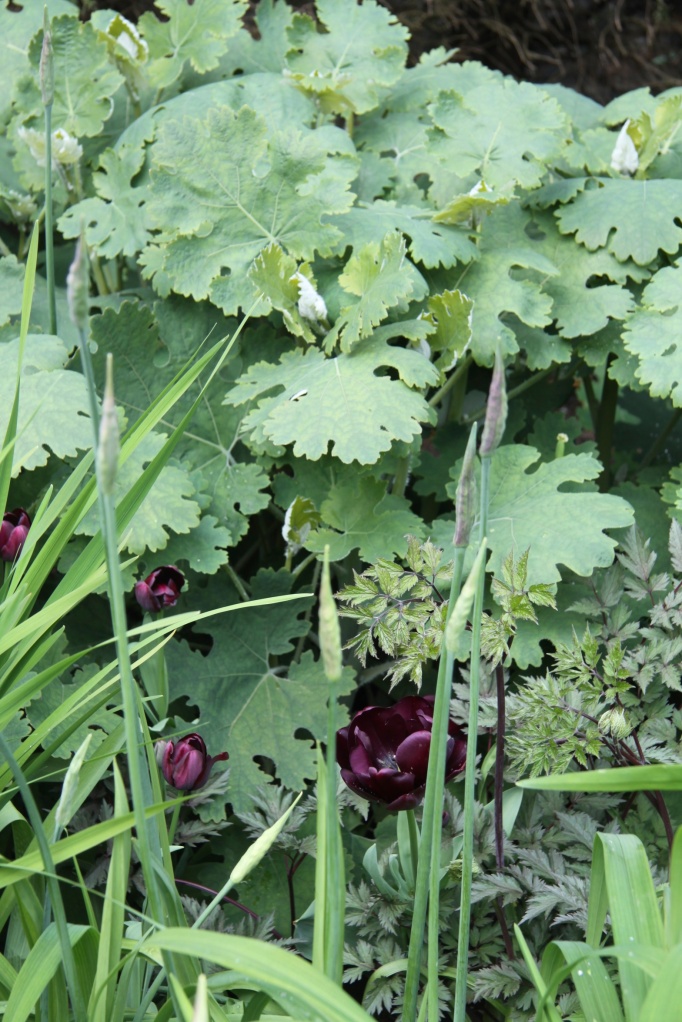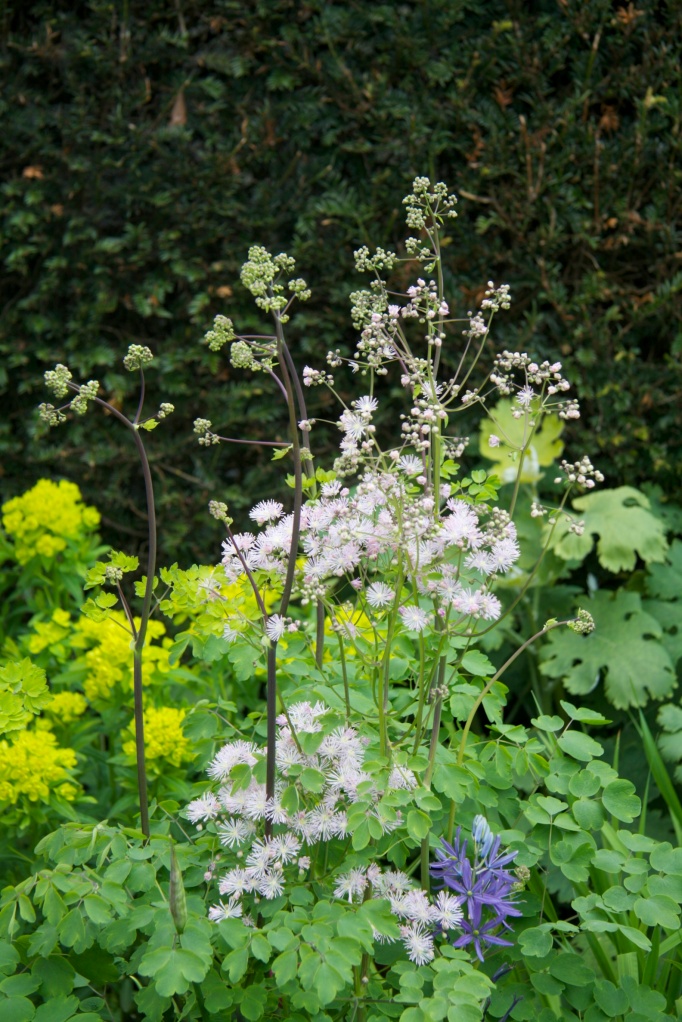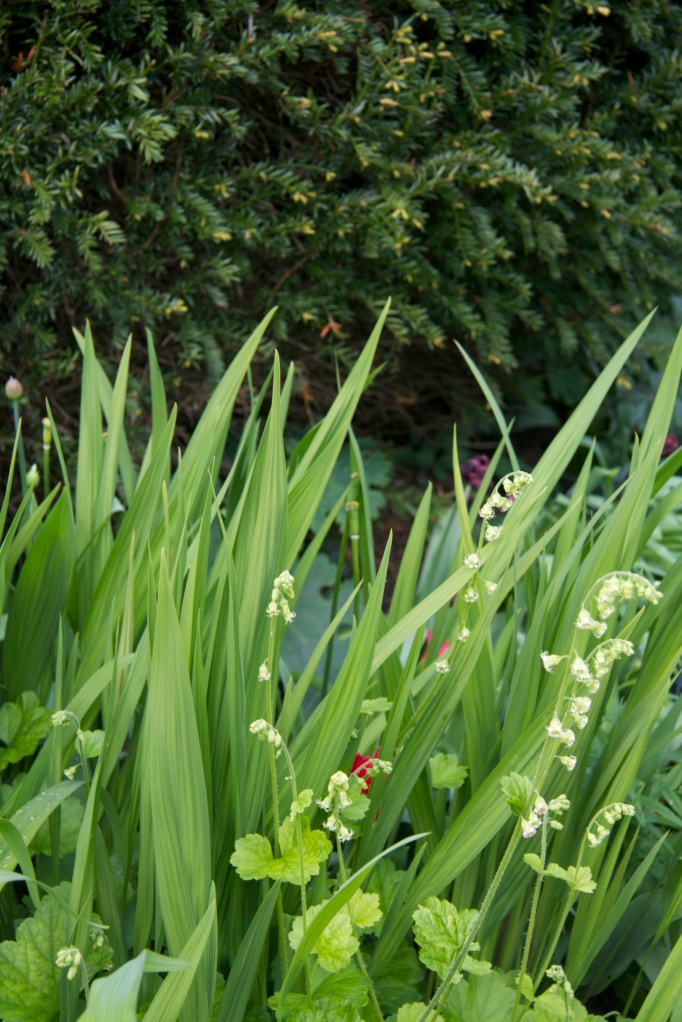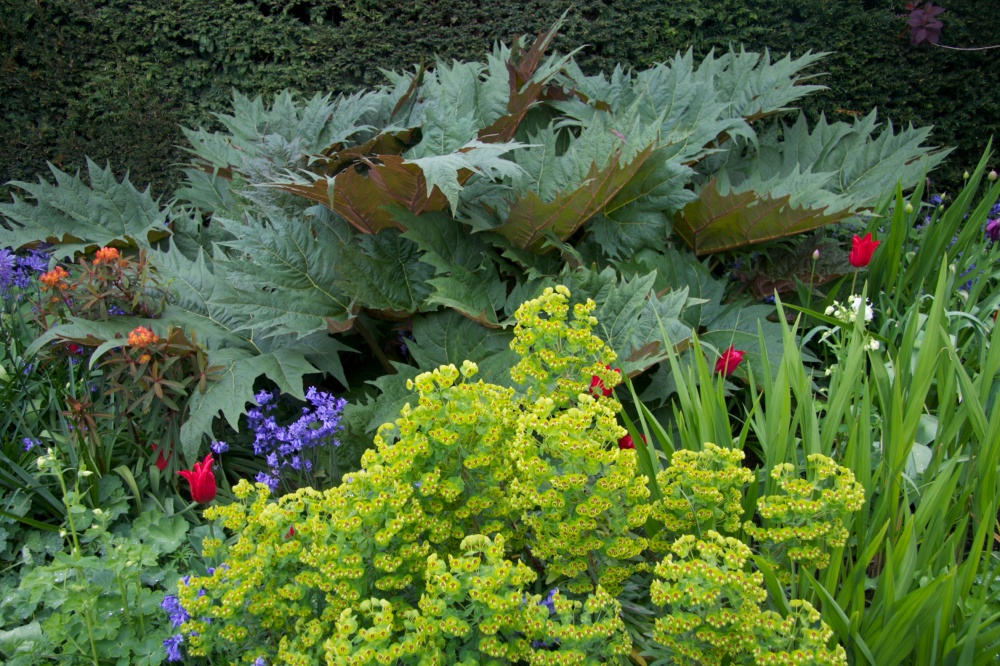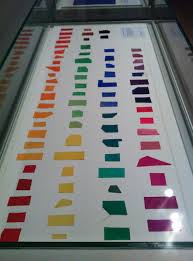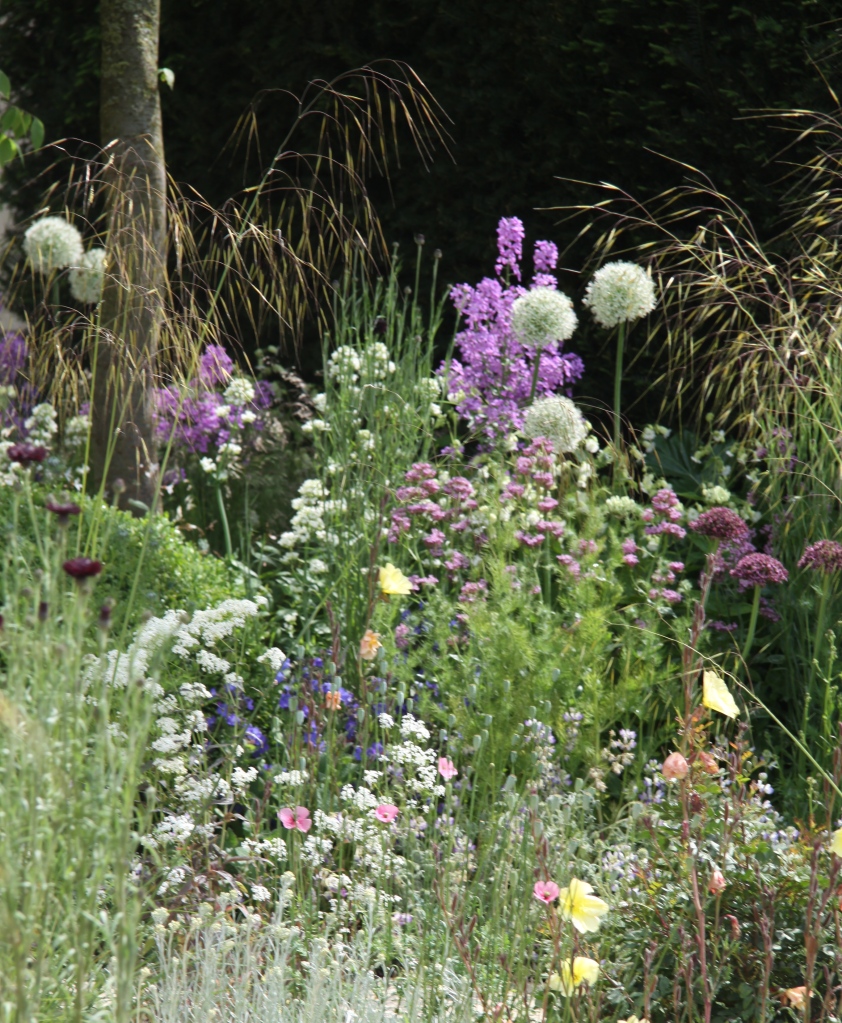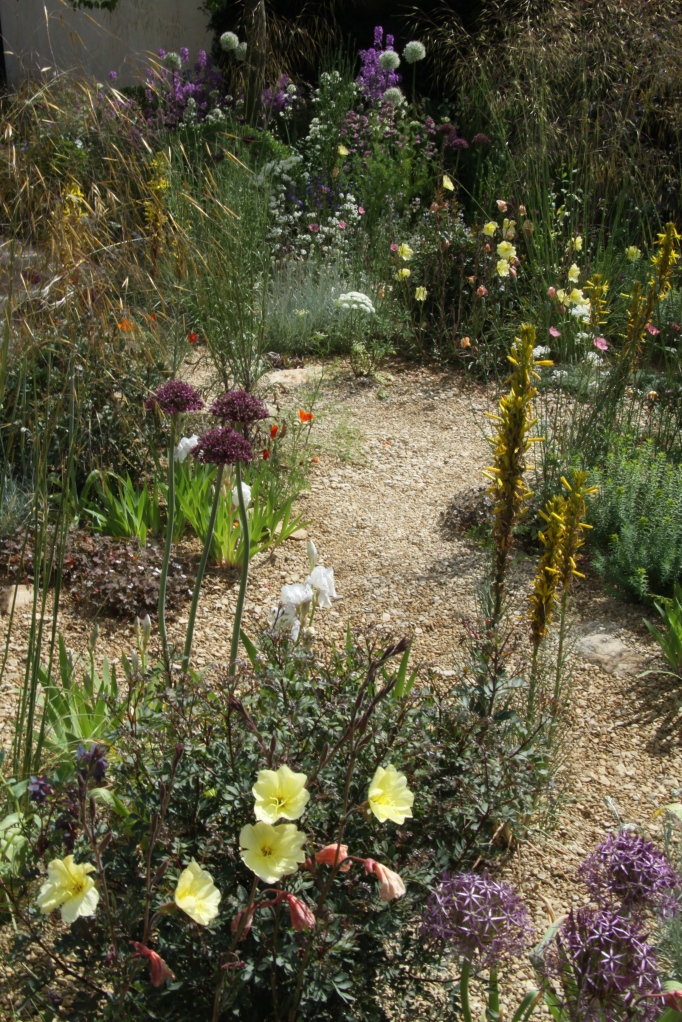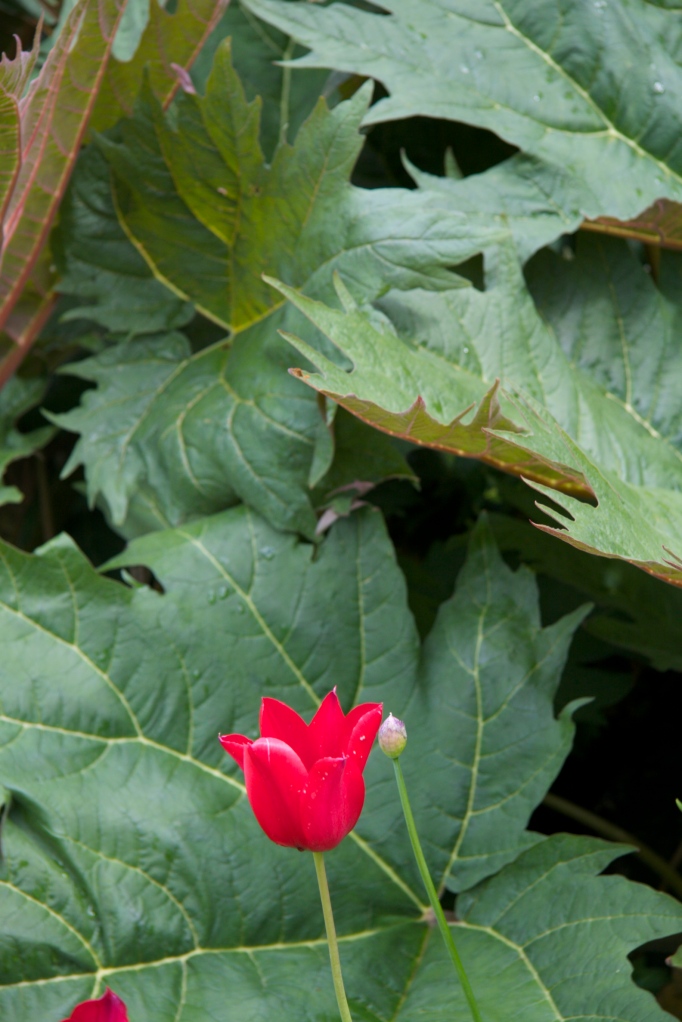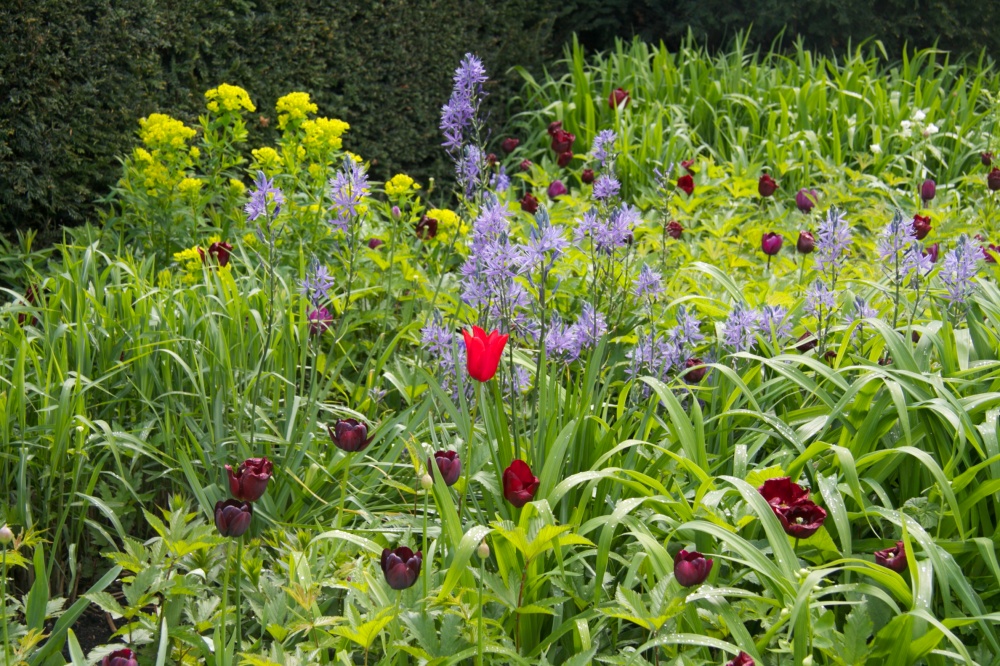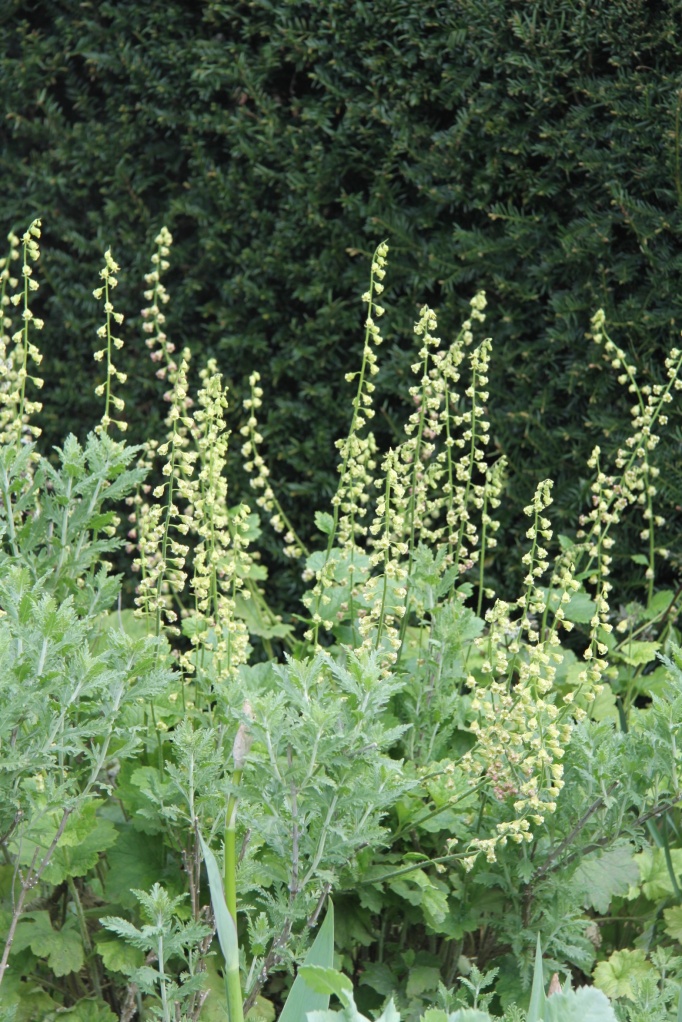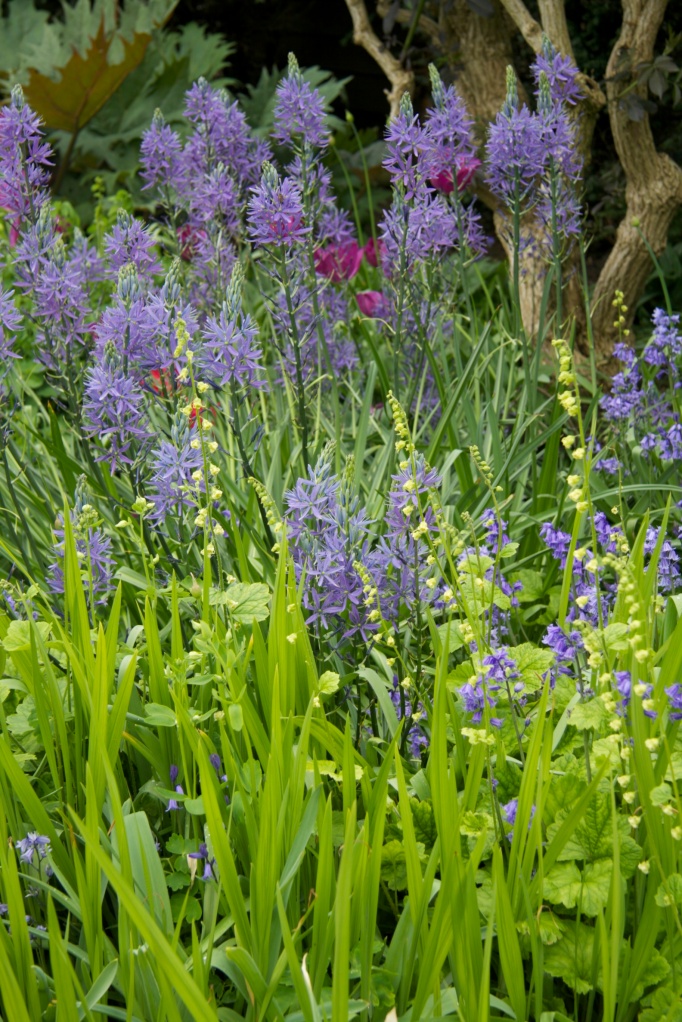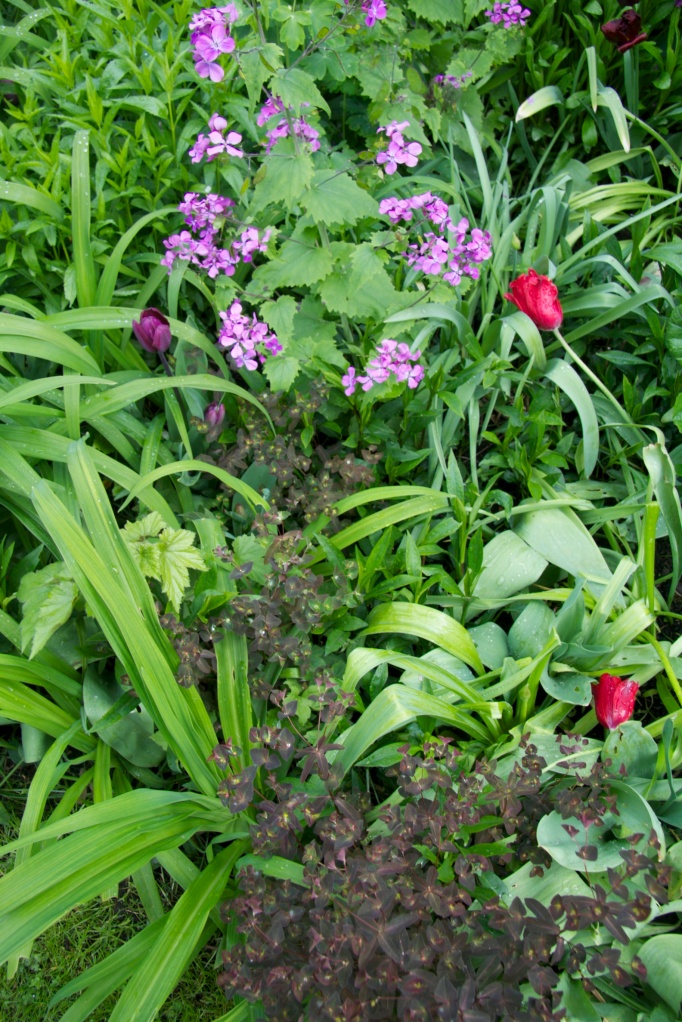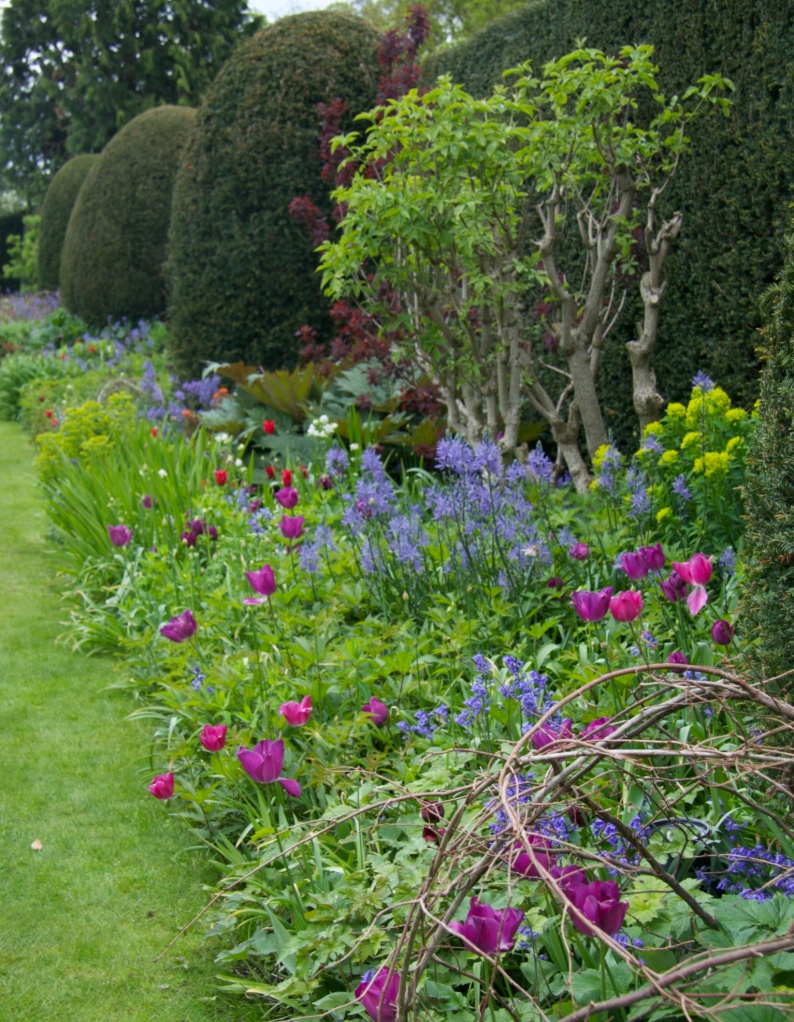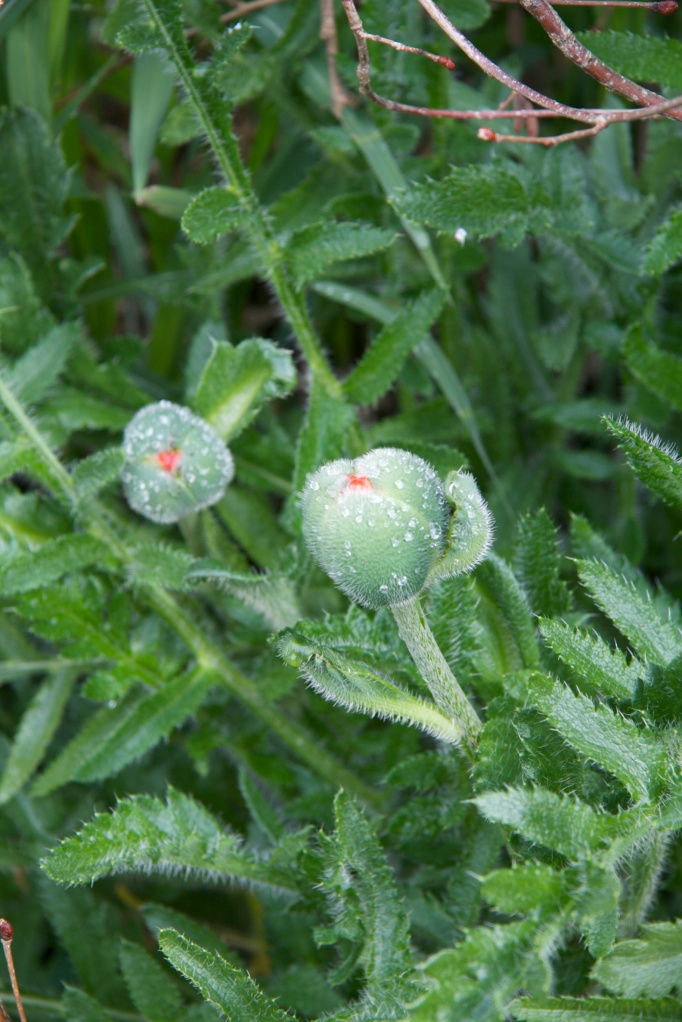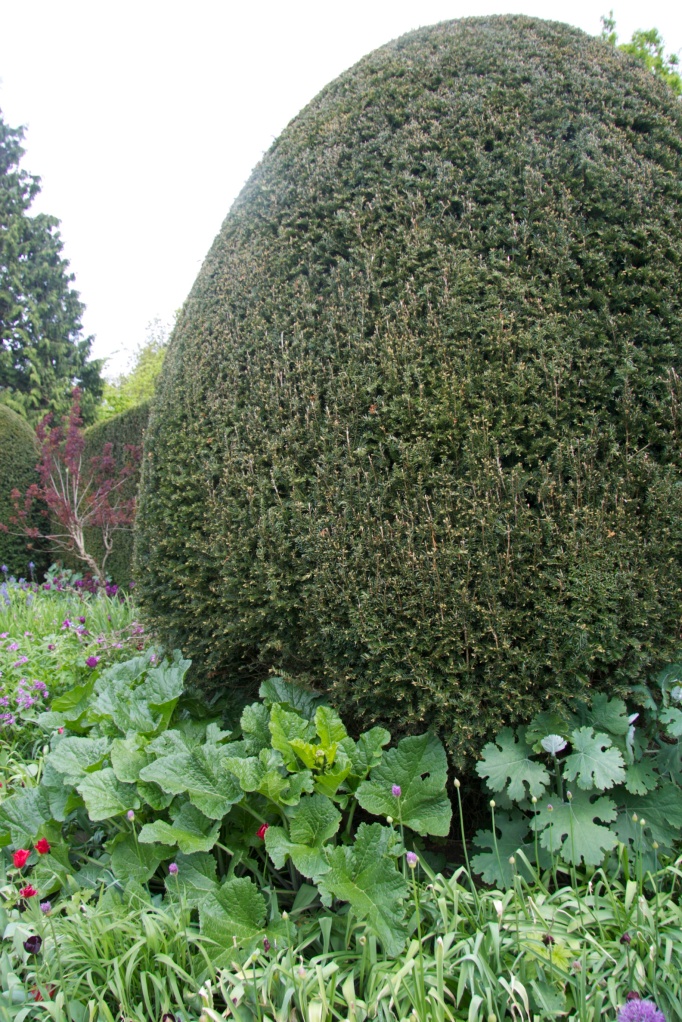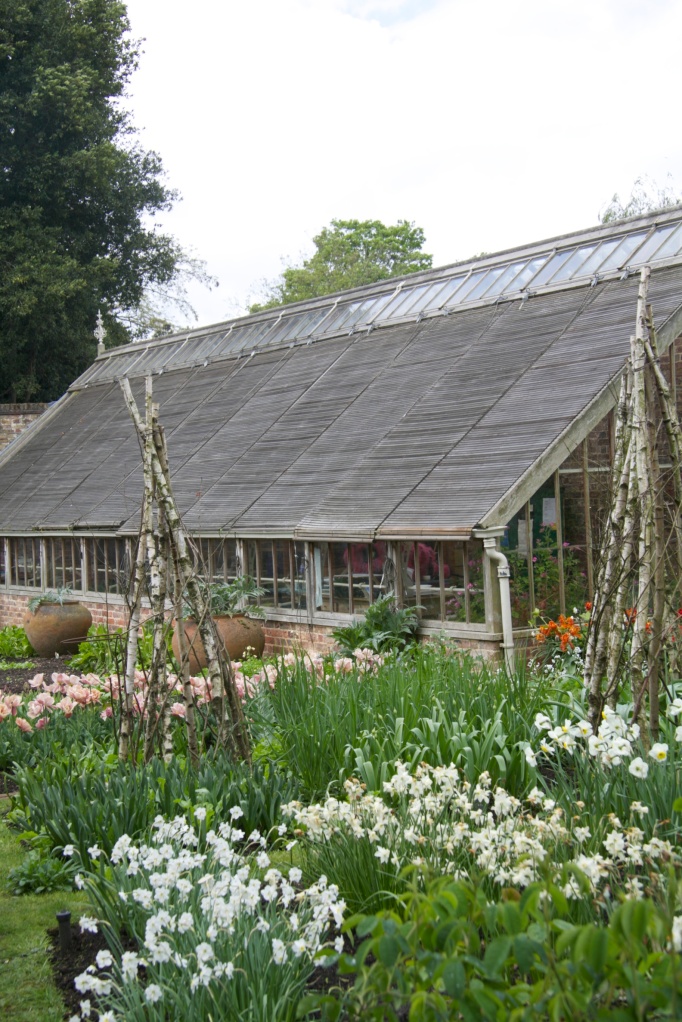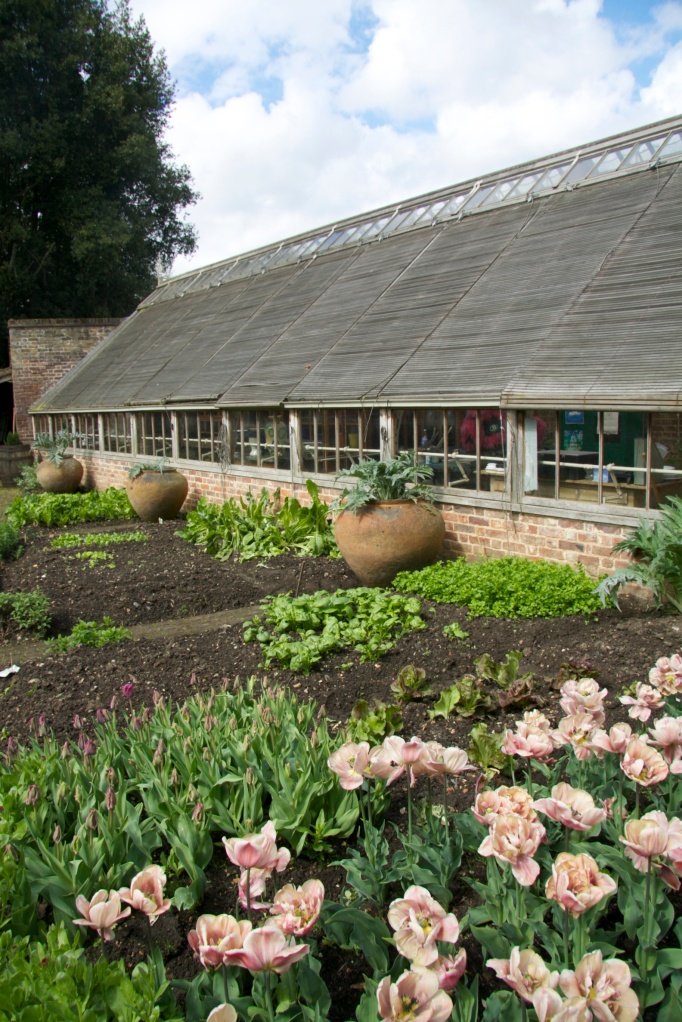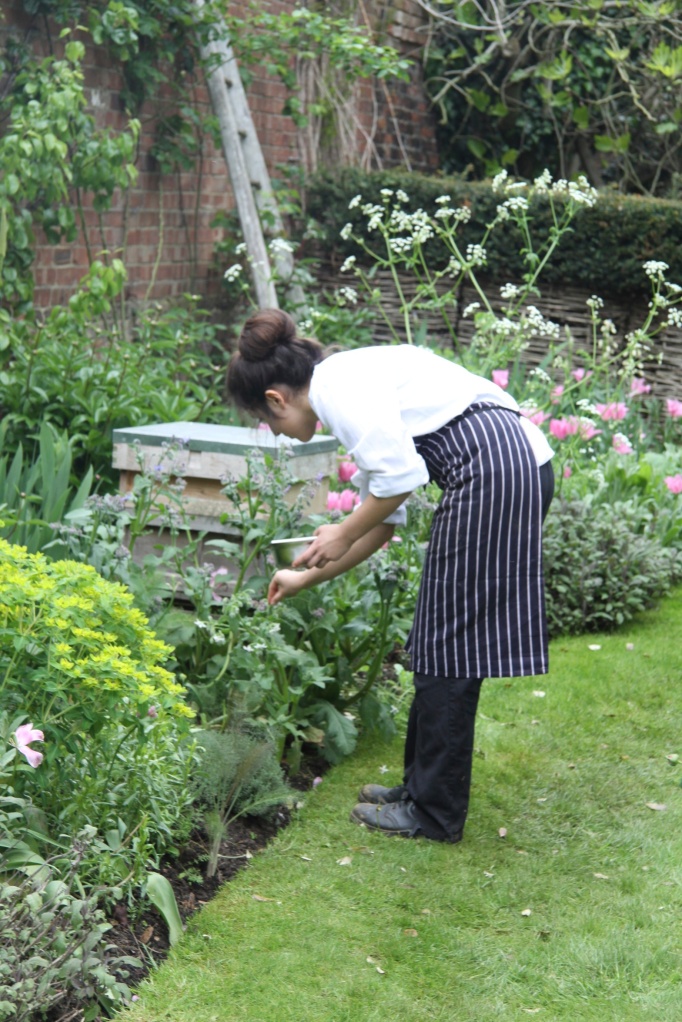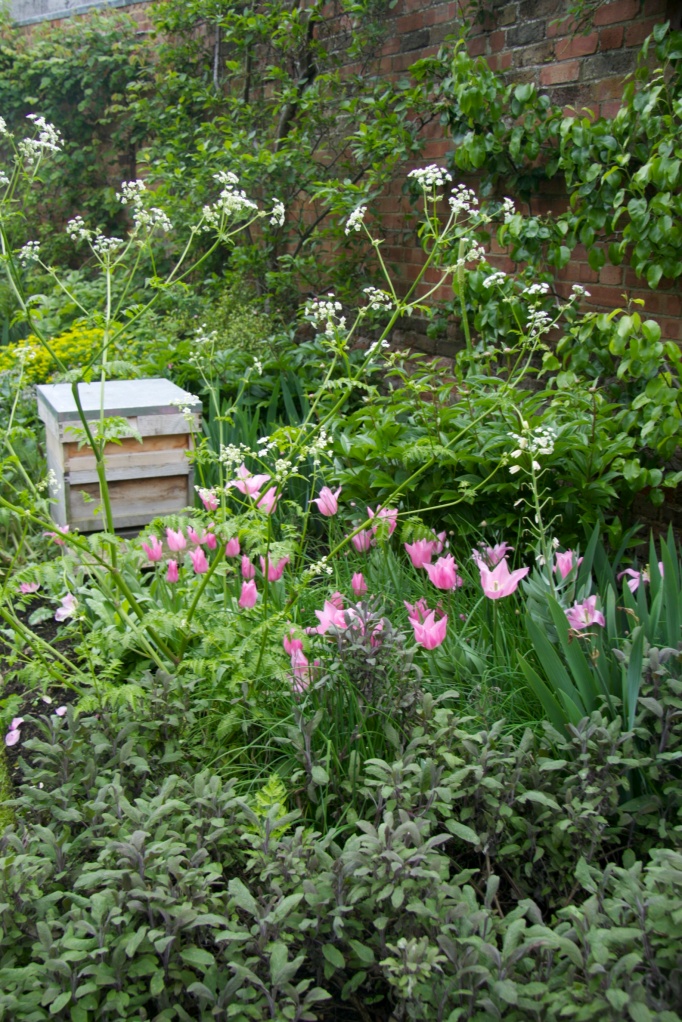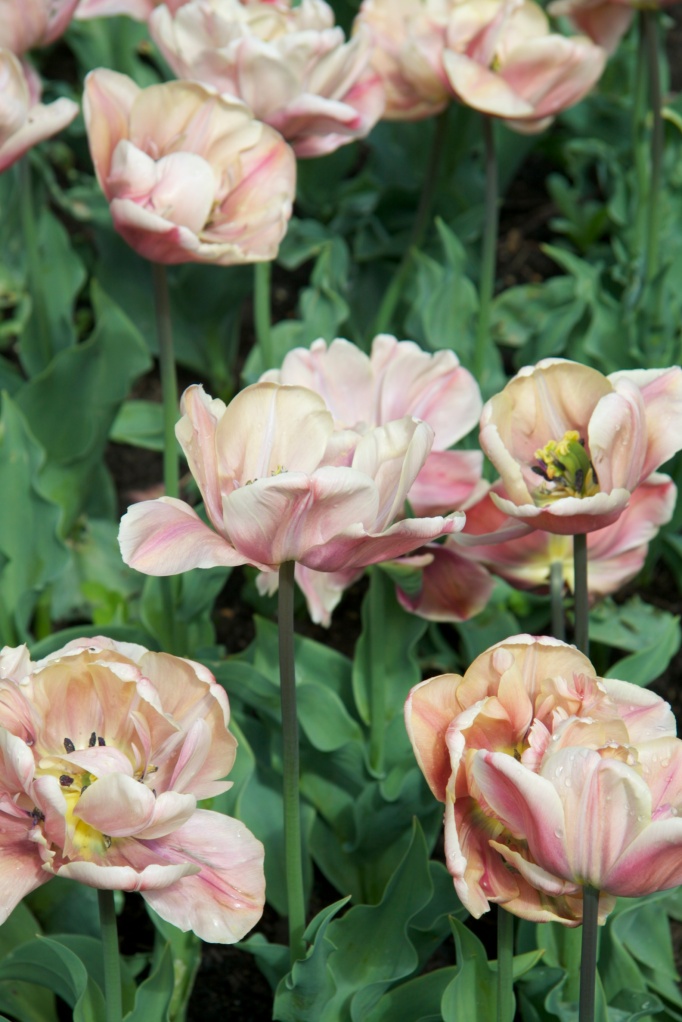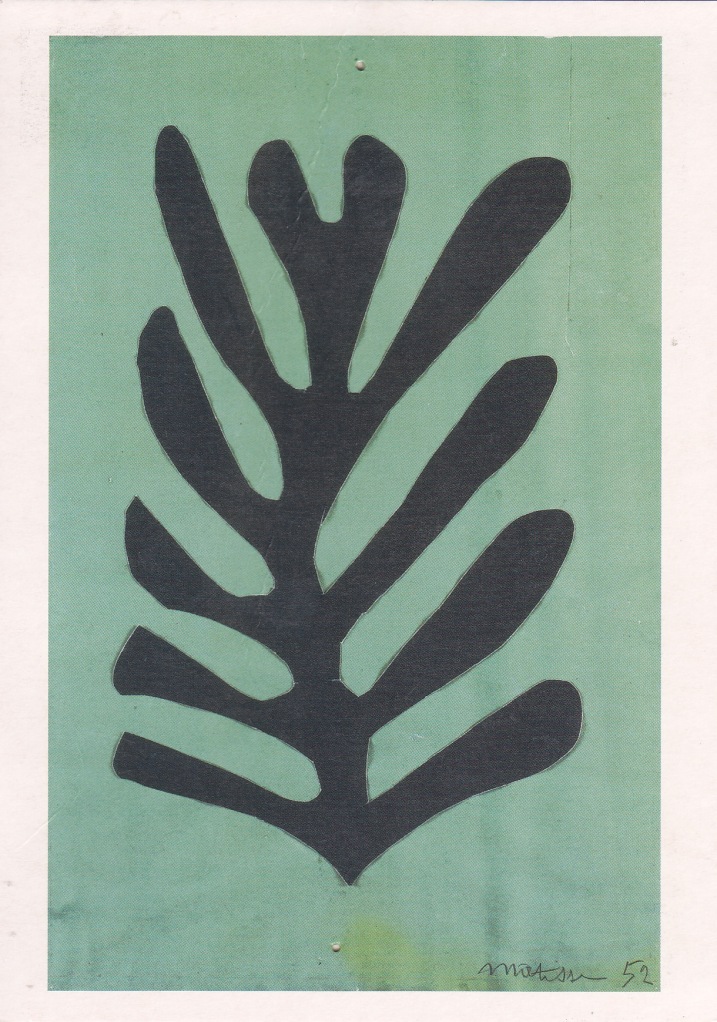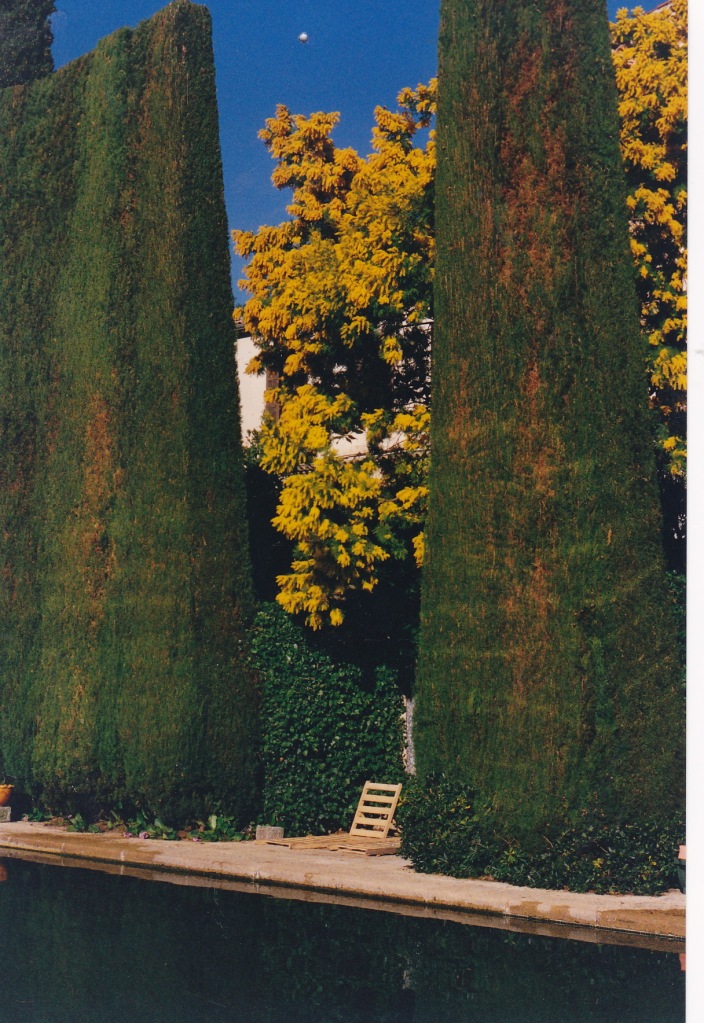IN SEARCH OF TULIP TREES, LEAVES OF GOLD – AND MAGIC
We are excited in our Camberwell kitchen – one of my twin sons has spotted that a movie of Sondheim’s wonderful, funny and of course ultimately dark musical, ‘Into the Woods’ opens – with Meryl Streep! – on Christmas Day. We are all fans and both twins know that singing the hilarious Princes’ song ‘Agony’ (when the two Princes moan about not being able to secure the hands of Rapunzel and Cindarella respectively despite their undoubted marvellousness) will be obligatory (from my point of view, anyway) at some significant party or other in the future.
Still from Disney’s 2014 “Into the Woods”
Outside the days are getting shorter and the world is turning rust and gold. Fired up by dreams of woodland adventures I am keen to put on my coat and get a blast of it. But like all journeys into the woods, the path to the magical world in my head is not always an easy one.
A week ago today I am chauffering the same twin through the Essex countryside, agonisingly, (yes indeed), late for an audition. As we finally leave the A road, the mist thickens and starts to rise softly about us. At the same time the red-rust of the black limbed oaks and the yellow-gold chainmail of stands of mature beech seem to loom more richly from the swirling gloom. Old fashioned wooden signposts emerge from the haze, directing us to ‘Flatford Mill’ and ‘East Bergholt’. I have unexpectedly found myself in Constable country! I am surrounded by exquisite, lacy, rust coloured woodland against the dreamy palour of a fading November afternoon. My camera is in the car, my heart is racing … but so is my son’s and nervous snatches of a Handel aria remind me that we need to press on to his appointment in a chilly school hall a few miles further on.
Cenotaph to the Memory of Sir Joshua Reynolds by John Constable
I mark out a day the following week to try again. I remember a trip to the Valley Gardens near Windsor, years ago, when I was studying Plants and Plantsmanship at the English Gardening School. I have a vivid image of a rather wonderful basin like parkland with groups of fantastic orange berried Sorbus trees and crab apples with jewel coloured fruit …
I decide to visit the neighbouring Savill Garden first – a serious and richly planted garden – famous for its Magnolias and rhododendrons in the spring and early summer – at its most ideal, a testament to plant hunters past and present. I will not bore you for too long with the layers of my disappointment: the grim lunch – a chilly tuna roll on its huge porcelain tray of a plate with a little mound of garnish – lost and lonely – at one end, the aggressive entry and exit procedure which makes you feel as if you are in a heavily bureacratic airport and not about to enter a world of natural wonder:
The non stop retail opportunities and bland ‘garden guide’ with attractive seasonal photos and not enough excitement about what is currently happening in the garden and important plants not to miss.
By the time you get into the garden the tightly manicured paths make even the stands of fine birches look like props for an expensive railway set.  The extremely tidy Savill Garden
The extremely tidy Savill Garden
But like a teenager who has just managed to reach the peak of annoyance, the garden suddenly produces moments that make my heart melt. As I look back up to the main building, a proud swathe of majestic Fagus syvatica ‘Dawyck Gold’ glint and cast elegant shadows in the winter sun:
 A majestic stand Fagus sylvatica ‘Dawyck Gold’
A majestic stand Fagus sylvatica ‘Dawyck Gold’
Then a glade ofJapanese maples in the smallish Autumn garden begins to make me smile. I love the open spreading form of this pair of yellow leaved Acer palmatum. Although a newly planted tree may take many years to grow to this size, it is so worth leaving space around it. Planting in pairs – and in turn giving the pair space – can be very beautiful too.
 A pair of yellow leaved Japanese Maples
A pair of yellow leaved Japanese Maples
Close up I get a satisfying whiff of fairy tale as I admire the cinnamon tinge of the neat, star-shaped leaves.
 I am reminded of the delicious spiced biscuits which my boys loved as children – and still do now, when I happen to buy some – ‘Anna’s Ginger Swedish Thins’
I am reminded of the delicious spiced biscuits which my boys loved as children – and still do now, when I happen to buy some – ‘Anna’s Ginger Swedish Thins’
Nearby, a wonderful Acer palmatum ‘Elegans’ has brilliant pink petioles and pink veins in contrast to the butter yellow of the leaf:
And a little further into the woods I am startled by the depth of red against black of straight Acer palmatum. For a near guarantee of such a brilliant red, tree specialists Bluebell Nursery recommend Acer palmatum ‘Osakazuki’.
For me Japanese Acers have always been like high heeled shoes – something too tricky to bother with, to be enjoyed by other people but probably never by me. Bluebell Nursery has comforting advice, however, clearly explaining on their website some things l already knew – that Japanese maples “prefer a situation sheltered from the most severe wind, that they are more sun tolerant than some maples but appreciate a little shade if possible” – and then reminding me of the magic trick required to enjoy their rich colours wherever you garden: “The autumn colours of many maples, especially selections of Acer palmatum, is very dependent on the pH (acidity / alkalinity) of the soil. They prefer lime free soil, so here (in Ashby de la Zouch, Derbyshire), on our almost neutral ground, we are applying an annual dressing of sulphur granules round our maples at the rate of 1 or 2 oz per square yard, to make the soil more acid, and year by year the intensity of the autumn colour increases”. Aha!
One last treat before I make my way out of here – the blazing red-orange foliage of Sorbus sargentiana. Sorbus – or Mountain Ash – are arguably much fussier about growing conditions than Acers. They are happiest on fertile, well-drained soil – indeed think mountain slope – with moist summers (as drying out is hopeless) and yet damp soil around roots in winter is not appreciated either. If you have the right conditions this small, slow-growing tree, famous for its plump, sticky, crimson buds in spring, is a wonderful choice.
Sorbus sargentiana
Once in the Valley Gardens itself, I feel freer but again it is hard to feel immersed in the hugely spacious parkland or find particular specimens as the emphasis is on jolly not-very-well-labelled pram trails (well I think the best person to be when visiting this garden may be young parent pushing a buggy) rather than inspiring or well thought out directions to some of the wonderful trees.
The irritating and often illusive trail signs, Valley Gardens
But again it does not take me long to forget my crossness and no sooner have I left behind the rather splendid Obelisk – erected by King George II following the death of the Duke of Cumberland in 1765 who had contributed much to the landscaping here – I am quickly enchanted.
 The Obelisk, The Valley Gardens
The Obelisk, The Valley Gardens
As I follow the path into the gardens, an avenue of fine columnar trees lures me forward. The route is magnificently lined with enormous tulip trees, Liriodendron tulipifera – a majestic North American import, for very large scale gardens only. They are called tulip trees for the yellow and green tulip shaped flower it bears in early summer – although do bear in mind that if you plant one tomorrow you may have to wait 20 -25 years until it flowers.
 A curving avenue of tulip trees
A curving avenue of tulip trees
 A handsome tulip tree specimen
A handsome tulip tree specimen
 Flower of Liriodendron tulipifera
Flower of Liriodendron tulipifera
I love the way the now-golden, spade-shaped leaves flash and flap slowly and calmly in the light, as if they are on a very fine, magical hinges:
 Tulip tree leaf, November, Valley Gardens
Tulip tree leaf, November, Valley Gardens
A little later, one of my favourite Sorbus trees, Sorbus huphehensis catches my eye – I love its dull, rounded,metallic bronze foliage against the sky:
 Sorbus huphehensis autumn foliage
Sorbus huphehensis autumn foliage
And the handsome clusters of porcelain berries on dark pink stems:
Sorbus huphehensis fruits
Elsewhere there is a lovely young crab apple, Malus yunnanensis, with glowing foliage and red blushed yellow fruit:
But the trees really worth coming for today are again the acers – they are here in every shade from palest yellow tinged with pink and brown: to deeper yellows and oranges:
to deeper yellows and oranges: To rich salmon:
To rich salmon: and soft crimson:
and soft crimson:
 I love the colour contrasts between the swooping branches of two neighbouring, contrasting acers:
I love the colour contrasts between the swooping branches of two neighbouring, contrasting acers:

 The contrast continues when the leaves have fallen to the ground:
The contrast continues when the leaves have fallen to the ground:

Back in the Savill Garden there was a wonderful red leaved Acer palmatum next to a magnificent ballgown of a yellow leaved Parrotia persica and again the two sets of intertwined foliage (once you got right in underneath the branches) made for a dizzyingly beautiful pairing:
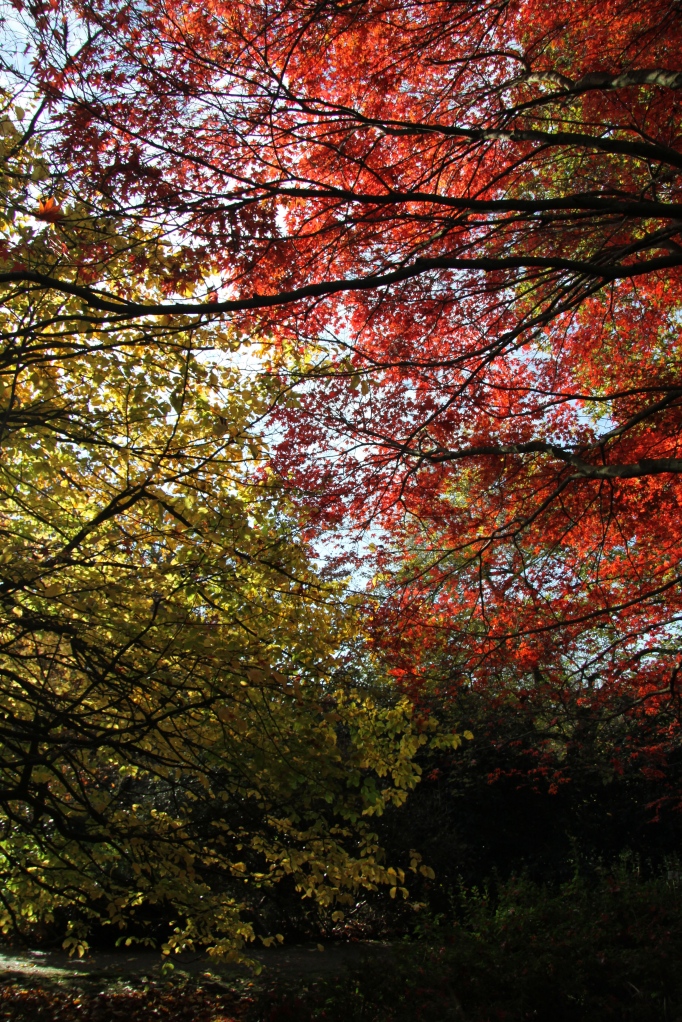 Red leaves of Acer palmatum and the autumn yellow of Parrotia persica growing into each other
Red leaves of Acer palmatum and the autumn yellow of Parrotia persica growing into each other
Stepping back for a moment from the magnificent girth of the Parrotia – or Persian Ironwood tree – I remember the wisdom of great planstman, Bernard Tickner who at 90 still gardens at the lovely Fullers Mill in the middle of the King’s Forest in Suffolk. His advice to a young gardener is never to plant a Parrotia too close to a path. In his sixty years of gardening he has never known a gardener who has not ended up having to move a path to accommodate his ever burgeoning specimen tree.
As I leave the Valley Gardens feeling better about, but not quite sated with, the autumn woodland, I soften one last time at the sight of huge bundles of mistletoe in a network of bare branches making great eerie patterns against the sky. 
 Huge bundles of mistletoe amongst bare branches scratching out glowering monochrome patterns against the sky
Huge bundles of mistletoe amongst bare branches scratching out glowering monochrome patterns against the sky
Back in Camberwell for the weekend and the wettest Sunday anyone can believe. It is my birthday and our house is excellently full of boys who have travelled home from both ends of the country. The only solution is to stay inside, light the fire, curl up and dream about trees from the comfort of my chair.
I wonder first at the the extraordinary way trees have entered our minds and have been used for centuries as a fundamental way to explain ideas and organise our thoughts. Manuel Lima has found exquisite , often staggeringly inventive examples of this kind of thought mapping in his new book: ‘The Book of Trees, Visualising Branches of Knowledge’.
One of the most memorable and beautiful examples is this delicate ‘visualisation of the words used in eight hundred of US president Barack Obama’s speeches from January 2009 to November 2011… words were sized according to the number of times they appeared and were plotted in an arboreal layout, with less frequently used words placed farther from the main trunk in a succession of increasingly smaller branches:

But when I am tired of being fascinated by the agility of minds that can for example represent ‘the organisational structure of a company with roughly four thousand employees’ in a graphic, ‘hyperbolic tree format’ – I turn back to my favourite of all books on trees, Roger Deakin’s’Wildwood’.
 If you have not already read this wonderful, free, quite beautifully written book – it was published in 2007 so you may well have done so – I would beg you to add it to your Christmas list, or if you have read it already, do as I did and read it again. This is the real thing. Here is a man who can explain better than anybody the wonder of sleeping outside under a tree, Roger Deakin is the warmest, most modest, open-eyed companion to take you with him to find the original apple trees in Kazakhstan and the most observant, respectful guide to the way the sculptor John Nash approaches his work with wood. Anyone who can get you excited about the walnut veneer found on the finest Jaguar cars “Burrs are found only on large, old trees, perhaps one in a thousand. They are like pearls in oysters. The veneer used in Jaguars comes from the old walnut orchards of the valley of the Sacramento River in California …” is a true magician.
If you have not already read this wonderful, free, quite beautifully written book – it was published in 2007 so you may well have done so – I would beg you to add it to your Christmas list, or if you have read it already, do as I did and read it again. This is the real thing. Here is a man who can explain better than anybody the wonder of sleeping outside under a tree, Roger Deakin is the warmest, most modest, open-eyed companion to take you with him to find the original apple trees in Kazakhstan and the most observant, respectful guide to the way the sculptor John Nash approaches his work with wood. Anyone who can get you excited about the walnut veneer found on the finest Jaguar cars “Burrs are found only on large, old trees, perhaps one in a thousand. They are like pearls in oysters. The veneer used in Jaguars comes from the old walnut orchards of the valley of the Sacramento River in California …” is a true magician.
All too soon it is time for one of the boys to head off back up North to St Andrews where he is at University. I remember the rather ethereal walk we took – and the eerily lit wild-looking tree we saw – the night before we dropped him off for the first time in early September. Now this is the kind of tree I have been searching for all week. This is the kind of tree that draws you in and I am sure it is the kind of tree that has many a story to tell.
















